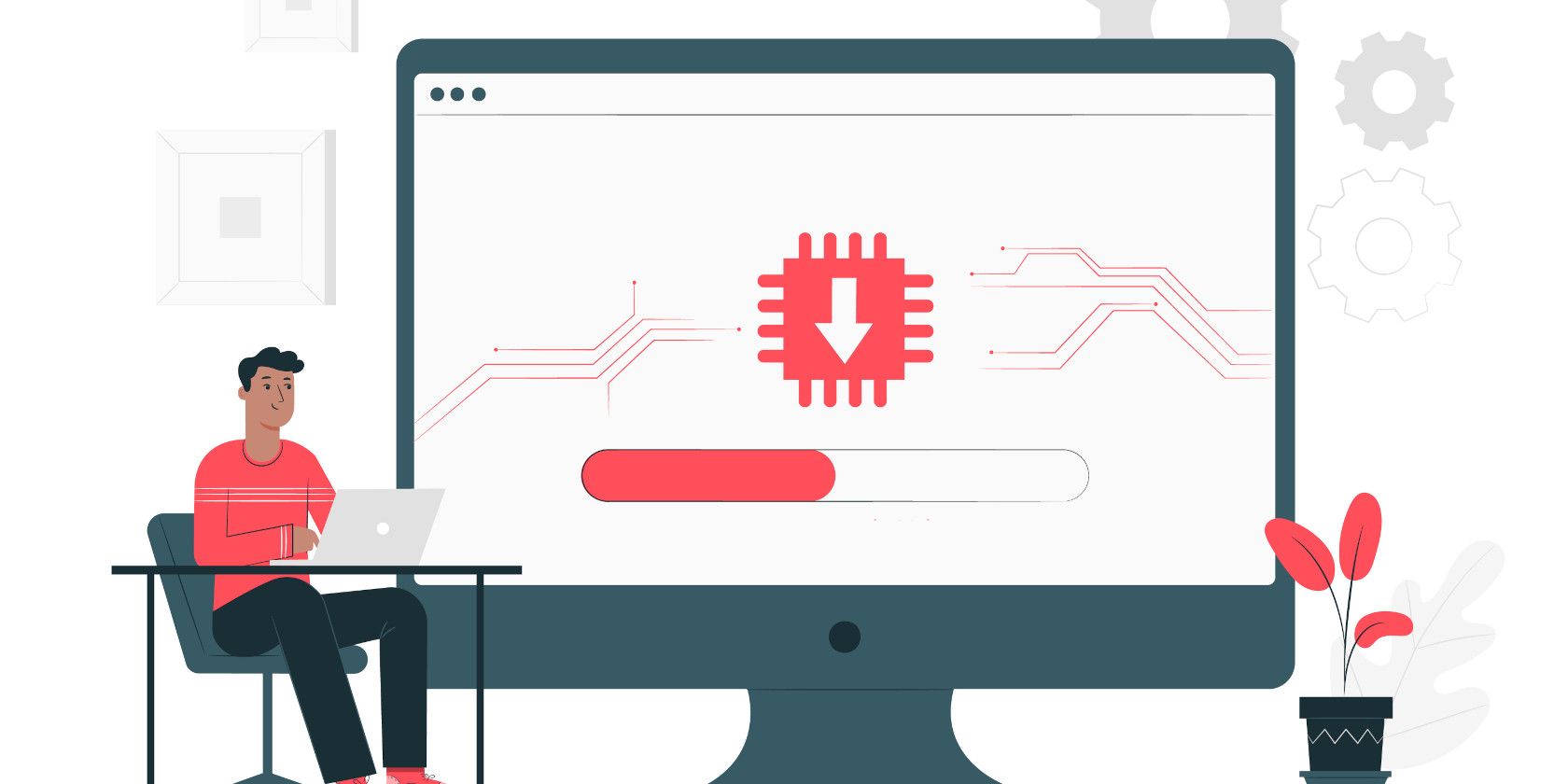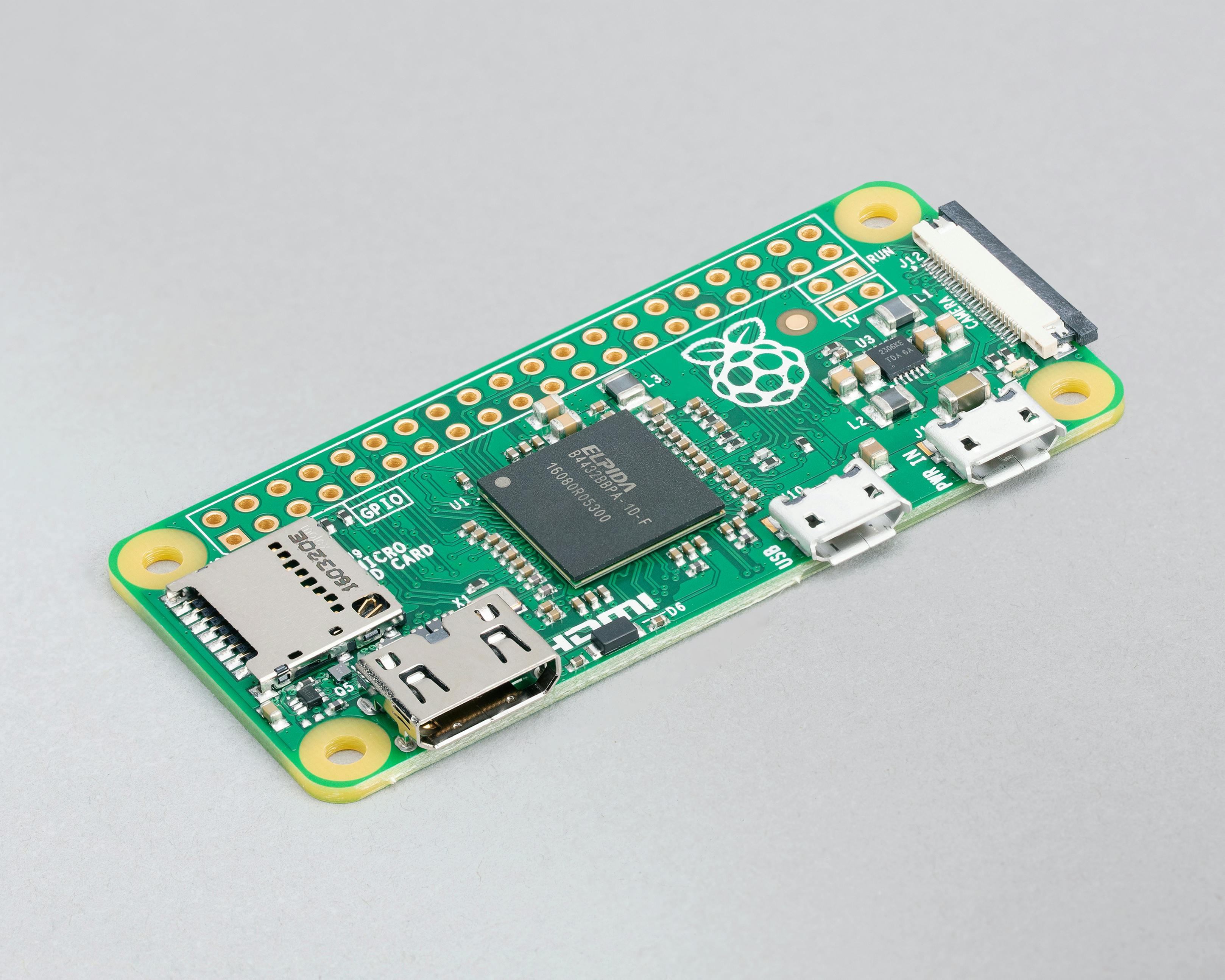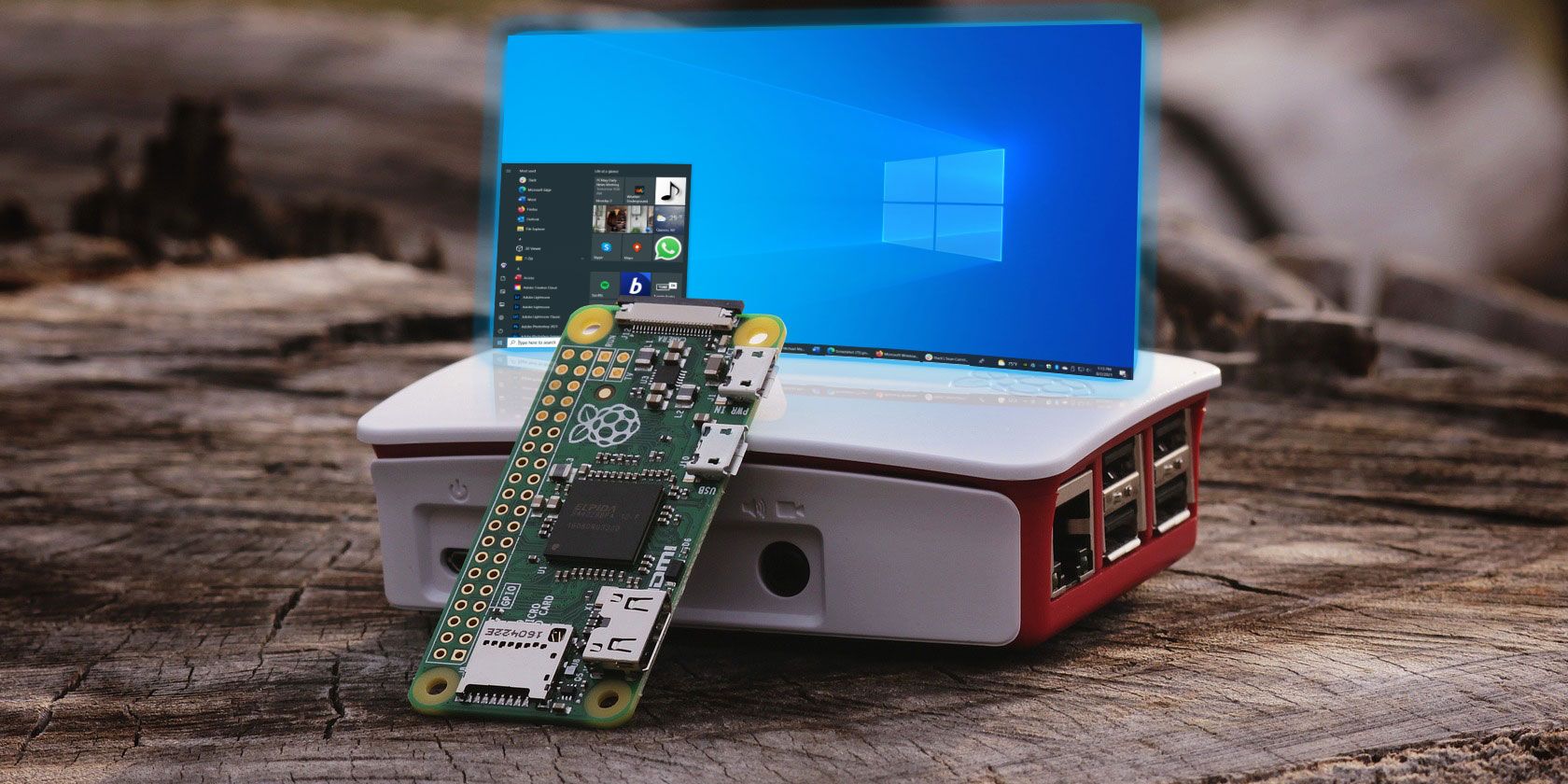Detail Author:
- Name : Mrs. Myrtice Purdy II
- Username : grant.dahlia
- Email : stephania.watsica@yahoo.com
- Birthdate : 1990-10-24
- Address : 844 Satterfield Creek Zboncakburgh, TX 07092
- Phone : (680) 656-5869
- Company : Raynor-Kutch
- Job : Farmworker
- Bio : Veniam eveniet adipisci corporis ab eaque. Delectus enim est numquam eaque voluptatem. Ea consectetur non inventore minus ut eaque. Tempore iusto dolore blanditiis magnam voluptas.
Socials
instagram:
- url : https://instagram.com/phylliskshlerin
- username : phylliskshlerin
- bio : Ut accusantium doloremque et quis non impedit. Sed sit ut minus ad aperiam porro libero.
- followers : 3545
- following : 489
linkedin:
- url : https://linkedin.com/in/phylliskshlerin
- username : phylliskshlerin
- bio : Laborum sed aut laudantium magni.
- followers : 4696
- following : 1553
facebook:
- url : https://facebook.com/pkshlerin
- username : pkshlerin
- bio : Accusantium dignissimos fugit assumenda est ut magnam nostrum.
- followers : 1965
- following : 2186
twitter:
- url : https://twitter.com/phyllis.kshlerin
- username : phyllis.kshlerin
- bio : Nesciunt et itaque qui ducimus. Corrupti laudantium dicta ipsam dolore.
- followers : 3849
- following : 2232
tiktok:
- url : https://tiktok.com/@phyllis_kshlerin
- username : phyllis_kshlerin
- bio : Ab aperiam non amet. Commodi repellat hic maxime sed voluptatem et.
- followers : 297
- following : 2959
Imagine controlling your Raspberry Pi projects from your comfy chair, a different room, or even across town, so you can. No more running back and forth to connect a keyboard and screen, you know? It's a bit like having your tiny computer right there with you, even when it's not. This kind of freedom really changes how you work on things, making your creative process much smoother.
For anyone who loves tinkering with a Raspberry Pi, the idea of getting to it without wires is, well, pretty neat. You might have your Pi set up in a hard-to-reach spot, maybe powering a smart home gadget or running a little server, you see. Having a way to access it from your main computer, especially if that's a Windows machine, just makes everything so much simpler, it really does. That's where a tool like RemoteIoT steps in, offering a way to bridge that gap.
This post is all about how you can achieve that very thing: getting your Raspberry Pi talking to your Windows PC remotely, and what's more, using a free tool called RemoteIoT. We'll walk through what RemoteIoT is, why it's a great choice for this job, and precisely how you can get it set up and working, you know, for your own projects. So, let's get your Pi connected, no matter where you are!
Table of Contents
- Why Remote Access to Your Raspberry Pi Matters
- Introducing RemoteIoT for Raspberry Pi
- Getting Started: How to Remotely Access Your Raspberry Pi
- Tips for a Smooth Remote Experience
- Frequently Asked Questions About Remote Raspberry Pi Access
Why Remote Access to Your Raspberry Pi Matters
Having a Raspberry Pi is pretty cool, isn't it? These little computers are just amazing for all sorts of tasks, from learning to code to building home automation systems. But, you know, constantly plugging in a monitor, keyboard, and mouse can get a bit old, especially if your Pi is tucked away somewhere, perhaps. That's where being able to access it from afar really comes in handy, almost like magic.
It opens up so many possibilities, actually. Think about it: you can manage your projects, check on your sensors, or even troubleshoot an issue without ever touching the Pi itself. This kind of setup means your projects can run continuously, and you can interact with them whenever you need to, which is pretty convenient. It’s a big step up for anyone serious about their Pi creations, you could say.
Freedom and Flexibility
One of the biggest advantages of remote access is the sheer freedom it gives you, you see. Your Raspberry Pi could be in the garage running a weather station, or maybe in the living room controlling your lights. With remote access, your Windows computer becomes the control center, letting you work on your Pi from anywhere in your home, or even further afield, depending on your setup. This means you are not tied down to one spot, which is really nice.
This flexibility also means you can quickly switch between tasks on your main computer and your Pi projects, which is very helpful. There’s no need to move hardware around or disconnect anything, you know. It just makes your workflow so much more fluid, allowing you to be more productive and, frankly, more comfortable. It's a bit like having an extra brain that you can tap into whenever you want.
Project Continuity
When you're working on a project, especially something that runs all the time, like a home server or a security camera system, you really want it to keep going without interruptions, don't you? Remote access helps a lot with this, it really does. You can make changes, update software, or check logs without ever stopping the main function of your Pi. This is very important for projects that need to be always on, for instance.
It also means you can fix things quickly if something goes wrong, without having to physically get to the Pi. Imagine your smart garden system stops watering; with remote access, you can log in, check the code, and fix it right away, rather than having to go outside with a monitor. This kind of continuous operation and quick problem-solving makes your projects much more reliable, which is what we all want, isn't it?
Introducing RemoteIoT for Raspberry Pi
So, we've talked about why remote access is a good idea. Now, let's look at a specific tool that helps you do just that: RemoteIoT. This software is designed to make the connection between your Windows computer and your Raspberry Pi simple and straightforward, which is quite useful. It takes away some of the fuss that can sometimes come with setting up remote connections, you know.
For those who might be new to this, finding a reliable and easy-to-use solution can sometimes feel a bit like searching for a needle in a haystack. RemoteIoT aims to be that solution, especially since it's available as a free download for Windows users. It's built with the idea of making IoT projects more accessible, which is a great goal, actually.
What is RemoteIoT?
RemoteIoT, as the name suggests, is a tool for managing Internet of Things (IoT) devices, and it works particularly well with Raspberry Pi. Think of it as a bridge that lets your Windows PC talk to your Pi, no matter where your Pi is located, as long as both are connected to the internet, you see. It provides a user-friendly way to interact with your Pi's operating system and any applications running on it.
It typically handles the technical details of network connections, which can be a bit tricky for some folks. This means you don't have to worry as much about IP addresses, port forwarding, or complex network configurations, which is a big relief. It streamlines the process, allowing you to focus more on your projects and less on the connection method, which is pretty much the point, isn't it?
Why Choose RemoteIoT for Windows?
There are a few reasons why RemoteIoT stands out for Windows users looking to access their Raspberry Pi, and it's almost always about ease of use. First off, it's free to download, which is a huge plus for hobbyists and makers who are often on a budget, you know. You get a powerful tool without having to spend any money, which is always a good deal.
Secondly, it's built with Windows in mind, meaning the interface and setup process are often quite intuitive for those familiar with Windows software. This makes the learning curve much gentler compared to some other, more technical solutions. Plus, it aims to simplify the whole remote connection process, so you can get up and running very quickly. It's really designed to be user-friendly, you could say.
Getting Started: How to Remotely Access Your Raspberry Pi
Alright, so you're ready to get your Raspberry Pi connected to your Windows computer from afar. The process is actually pretty straightforward, even if it seems a little bit like a lot of steps at first glance. We'll break it down into manageable pieces, so you can follow along easily, you know. It's all about getting the right pieces in place on both your Pi and your Windows machine.
Just remember that while the steps are clear, some minor differences might show up depending on your specific Raspberry Pi model or the version of its operating system. But generally, these instructions will get you going. Let's make sure everything is ready before we start the main setup, which is always a good idea.
Prerequisites for Remote Access
Before you jump into downloading RemoteIoT, there are a few things you'll want to have in place. First, your Raspberry Pi needs to be up and running, obviously. It should have its operating system installed, like Raspberry Pi OS, and be connected to your network, either via Wi-Fi or an Ethernet cable, you see. A stable internet connection for both your Pi and your Windows PC is pretty much a must, too.
You'll also need to know your Raspberry Pi's IP address on your local network. You can usually find this by typing `hostname -I` into the Pi's terminal if you have a monitor connected, or by checking your router's connected devices list. Make sure your Pi is updated as well; a quick `sudo apt update` and `sudo apt upgrade` in the terminal will do the trick. This helps avoid any compatibility issues, which is always a good thing.
Downloading RemoteIoT for Free on Windows
Getting RemoteIoT onto your Windows computer is the next step, and it's quite simple, really. You'll need to visit the official RemoteIoT website to grab the free Windows application. Always make sure you are downloading from the correct source to keep your system safe, you know. A quick search for "RemoteIoT download free Windows" should point you in the right direction, for instance.
Once you find the download link, click it and save the installer file to a spot you can easily find, like your Downloads folder. The file size is usually not too big, so it shouldn't take long. After it finishes downloading, you'll run this installer just like you would with any other Windows program. Follow the on-screen prompts, which are usually very clear, to complete the installation. It's a pretty standard process, actually.
Setting Up RemoteIoT on Your Raspberry Pi
Now that RemoteIoT is on your Windows machine, you'll need to prepare your Raspberry Pi to accept the connection. This usually involves installing a small agent or client software on the Pi itself, you know. This agent acts as a go-between, allowing RemoteIoT on your Windows PC to communicate with your Pi. The specific instructions for this step will be provided by RemoteIoT, often in their documentation or within the Windows application itself, you see.
Typically, you'll open a terminal on your Raspberry Pi (you might need to connect a monitor and keyboard for this initial setup, just this once). Then, you'll enter a few commands to download and install the RemoteIoT agent. This might involve using `wget` to fetch a script and then running it with `sudo`. Make sure to follow the exact commands given by RemoteIoT, as they are very specific. Once installed, the agent usually starts automatically, ready for a connection, which is quite handy.
Connecting from Your Windows PC
With RemoteIoT installed on both your Windows computer and your Raspberry Pi, you're ready to make the connection, which is pretty exciting. Open the RemoteIoT application on your Windows PC. You'll likely see an option to add a new device or connect to an existing one, you know. Here, you'll usually input your Raspberry Pi's IP address or a unique ID provided during the Pi-side setup.
The application might also ask for login credentials for your Raspberry Pi, like the username (often `pi`) and password (the one you set up for your Pi). Once you've entered these details, click the connect button. If everything is set up correctly, you should see a new window pop up showing your Raspberry Pi's desktop or a terminal interface. You're now remotely connected! You can start controlling your Pi just as if you were sitting right in front of it, which is very cool, isn't it?
Tips for a Smooth Remote Experience
Getting connected is a big step, but keeping that connection smooth and reliable is just as important, you know. A few simple practices can make a huge difference in your remote access experience with your Raspberry Pi. These tips are about making sure your connection is stable and secure, which is pretty much what everyone wants.
Paying attention to these details can save you a lot of frustration down the line. It's not just about getting it to work once, but making sure it works consistently, which is really key for any long-term project. So, let's look at how you can make your remote access as good as it can be, you see.
Network Stability
A strong and steady network connection is absolutely crucial for good remote access, you know. If your Wi-Fi is flaky or your internet speed is slow, you'll notice delays and interruptions when trying to control your Raspberry Pi. Consider using an Ethernet cable for your Pi if possible, as wired connections are generally more reliable and faster than Wi-Fi, for instance.
Also, make sure your Wi-Fi signal is strong where your Raspberry Pi is located. Moving your router closer or using a Wi-Fi extender could help a lot. A stable network means smoother control, quicker file transfers, and a much more pleasant overall experience. It's the backbone of your remote setup, you could say.
Security Measures
When you open your Raspberry Pi to remote access, it's really important to think about security, you see. Always use a strong, unique password for your Raspberry Pi – not the default one! Change it right away if you haven't already. This is your first line of defense against unwanted access, which is very important.
Keep your RemoteIoT software and your Raspberry Pi's operating system updated regularly. Software updates often include security patches that fix vulnerabilities, which is pretty vital. Also, if RemoteIoT offers features like two-factor authentication or connection encryption, make sure to enable them. Think about setting up a firewall on your Pi too, to control what traffic can come in and out. Being careful about security protects your projects and your personal data, which is always a good idea.
Keeping Software Updated
Just like with security, keeping all your software up-to-date is a very good habit, you know. This includes the RemoteIoT application on your Windows PC and the operating system on your Raspberry Pi. Updates often bring new features, performance improvements, and, as mentioned, important security fixes, which is pretty much a win-win.
For your Raspberry Pi, regularly run `sudo apt update` and `sudo apt upgrade` in the terminal. For RemoteIoT on Windows, check their website or within the application itself for new versions. Staying current means you'll have the best experience and fewer unexpected issues. It's a simple step that really makes a difference in the long run, you see.
Frequently Asked Questions About Remote Raspberry Pi Access
People often have questions when they start looking into remote access for their Raspberry Pi, and that's totally understandable. Here are some common ones that might be on your mind, you know.
How do I remotely access my Raspberry Pi from Windows?
You can remotely access your Raspberry Pi from Windows by using specific software, like RemoteIoT, that creates a connection between your PC and the Pi. This typically involves installing a client program on your Windows machine and a small agent on your Raspberry Pi. Once both are set up and connected to the same network (or the internet, with proper configuration), you can control your Pi's desktop or terminal directly from your Windows computer, which is pretty cool.
Is RemoteIoT free for Raspberry Pi?
Yes, RemoteIoT is available as a free download for Windows users who want to connect to their Raspberry Pi. This makes it a very accessible option for hobbyists and makers who might not want to spend money on remote access tools. You can get the necessary software from their official website without any cost, which is quite handy, you see.
What is the easiest way to control Raspberry Pi from PC?
For many, using a dedicated remote access application like RemoteIoT is one of the easiest ways to control a Raspberry Pi from a PC, especially a Windows one. These tools often simplify the network setup and provide a straightforward interface. Other methods include using SSH for command-line access or VNC for a graphical desktop, but specialized tools often bundle these features into a more user-friendly package, which is really nice for beginners.
To learn more about remote working concepts, explore our site. You can also find more details on how technology enables remote work right here.


